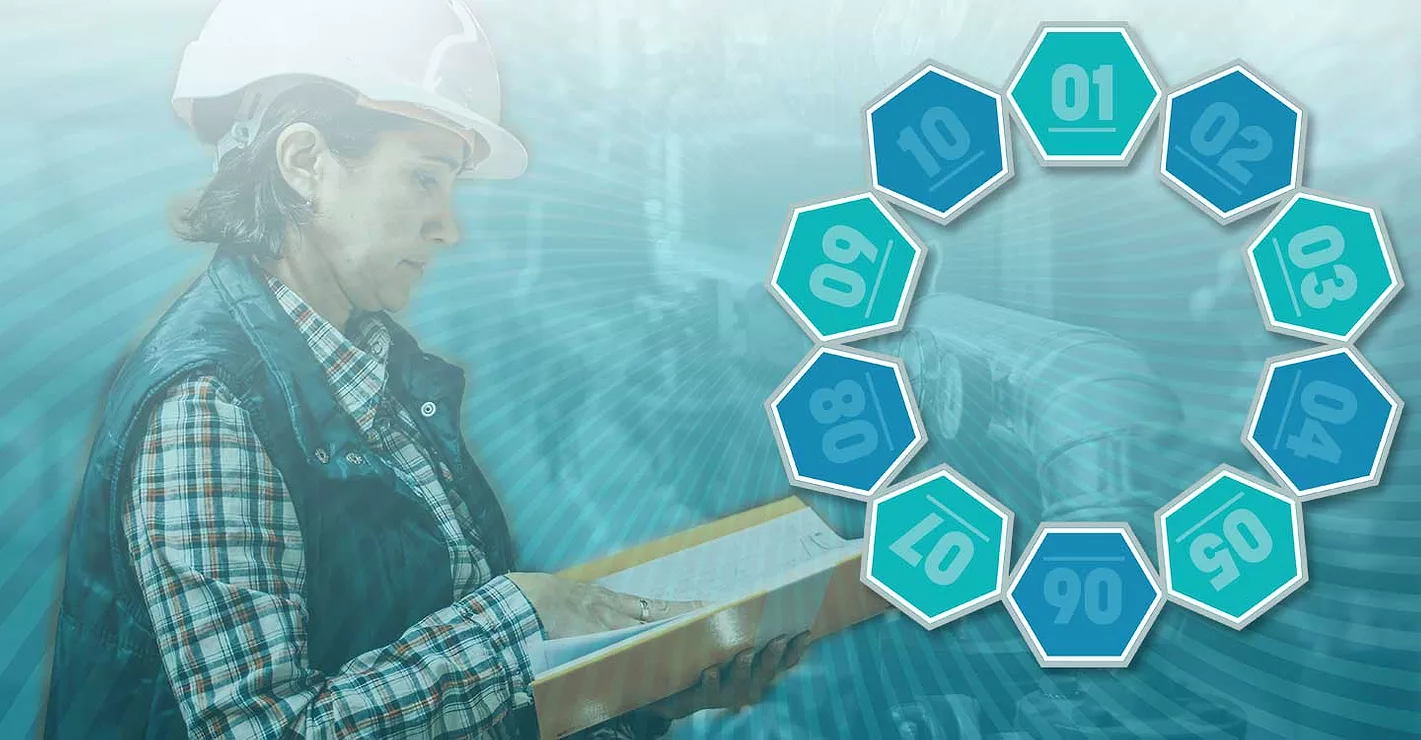Mandatory Testing Of Medical Gas Systems

Author's note: This article is intended to acquaint plumbing contractors and engineers with the healthcare medical gas project testing that is required for the protection of the user and patients. It is not intended to cover all requirements in minute detail. The requirements have been paraphrased to make them easier to read and to conserve space. Though I am a member of the technical committee on medical gas and vacuum piping of the National Fire Protection Association, please note that this article is based on my own experiences and does not represent the opinions, position or interpretations of any other individual committee member, the committee as a whole or the NFPA. Please refer to the actual text of the referenced standards, such as NFPA 99, for the exact wording.
The Medical gas system tests are first conducted by the installer, and after they are completed, by a verifier. A verifier is a highly trained and certified individual directly responsible for the final inspection, testing and integrity of all complete medical gas and vacuum systems. This includes all compressed gases, such as medical oxygen and compressed air sources (including dryers, filters and regulators), vacuum sources, alarms and safeguards that monitor system components, isolation valves, and service inlets and outlets. All components of new piped systems (gas, patient vacuum and waste anesthesia gas disposal), as well as all additions, renovations, temporary installations and repaired systems, should be tested.
The end result is that, once placed in operation, there is complete assurance that the entire medical gas and vacuum system is safe to use and conforms to all requirements of the NFPA 99 code.
A verifier can work at the request of the contractor (the most common), the healthcare facility in which the systems have been installed or the engineering firm that designed the systems. For government work, where a separate verifier is frequently called in for Department of Defense contracts, an independent verifier is often used to compare test results.
A written report will be made of all findings and results. This written report from the verifier is submitted to the person or organization that ordered the tests. For the engineer or healthcare facility that ordered the report, this arrangement is often satisfactory. If the installing contractor ordered verification, frequently the contractor requests payment prior to giving the report to a third party. All documentation would be retained at the site.
NFPA 99 requires the verifier to be qualified to ASSE 6030 standards. This qualification can be obtained through the National Inspection, Testing and Certification program in California. In addition to this mandated qualification, a voluntary standard, not required by NFPA 99, is the Medical Gas Professional in Healthcare Organizations qualification, which can be roughly equated to the possession of a professional engineering license.
This additional qualification further tests the knowledge of equipment, calibration, codes, etc. The MGPHO certification is becoming increasingly important to the industry in order to bring the verification process to a higher level of competence. It's important to add this requirement to the specifications to assure that a qualified verifier is selected. In addition, the chosen verifier should submit data that can be used to assure that a qualified verifier is selected.
Contractor Tests
Before the verifier is called, the installing contractor is required to perform certain tests on the systems prior to installation of manufactured assemblies but after the installation of inlet/outlets. These tests must be documented, and include:
At the conclusion of these tests, all leaks shall be found, repaired or replaced as required, and then the system must be re-tested.
Verifier Tests
After the installer has successfully completed these tests, the verifier will perform another round of tests to further assure that the systems are in compliance with NFPA 99 code requirements before they are placed into service. The verifier's tests include:
Area alarms shall be tested to verify an alarm signal if the system pressure falls below or increases more than 20 percent.
Bibliography
"Standard for Health Care Facilities," NFPA-99, 2002.
"Professional Qualifications Standard for Medical Gas Systems Installers, Inspectors and Verifiers," ASSE series 6000, revised Feb. 15, 2001.
Looking for a reprint of this article?
From high-res PDFs to custom plaques, order your copy today!







